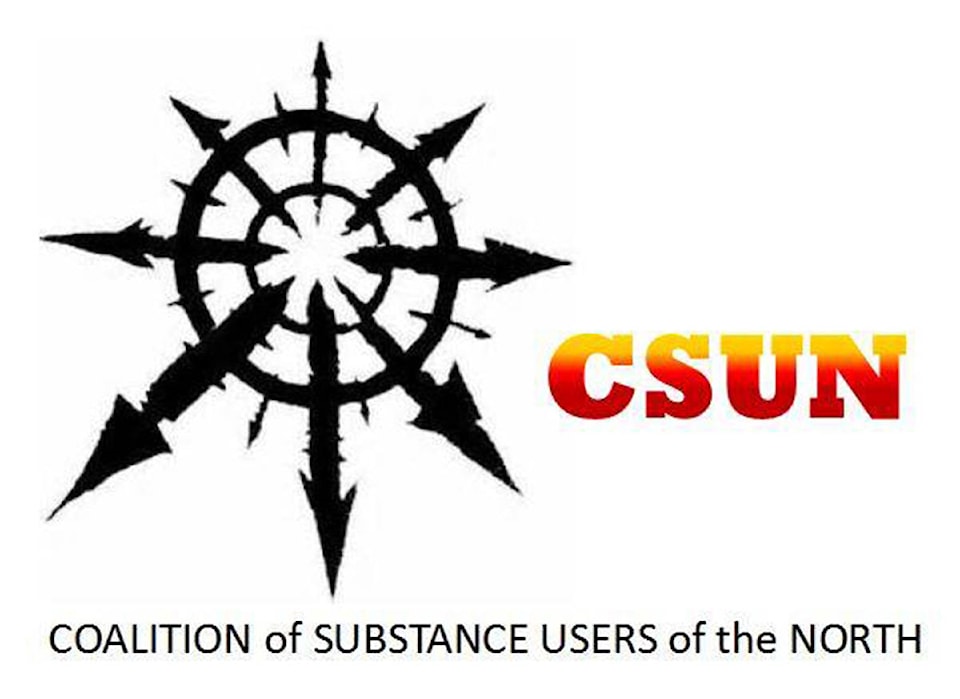Before alcohol was made illegal in Canada, the most common alcoholic drink was beer. After the alcohol prohibition was put in place when alcohol was made illegal, the use of beverages with higher alcohol content increased. Moonshine became the drink of choice, as it was easier to conceal and move around from place to place.
History is repeating itself; similar to the increase in the strength of alcohol with prohibition, we are seeing an increase in the strength of drugs. For example, Fentanyl is a white powder that is lightweight, powerful and easier to transport than some other substances. We’ve seen this all before, and the question is, why do we continue to make drugs illegal when we know that having a safe and regulated supply of drugs is what will stop people from dying?
We’ve learned these same things through the alcohol prohibition, and we know from other countries, and a rich body of evidence, that drug prohibition does not stop drug use. In fact, it makes drug use less safe and creates many other challenges, not only for individuals, but also for families and communities at large.
This unpredictable drug supply, as well as criminalizing people who use drugs, is called the war on drugs. And the only way forward is for people to have access to drugs similarly to the way they do with alcohol.
While many institutions, including the Independent Scientific Committee on Drugs, have shown that alcohol is more dangerous than heroin, and, still, alcohol remains legal, while other drugs do not. And while our current drug legislations have origins rooted in racism, it is no surprise that those most affected by these laws are non-white people experiencing poverty with complex experiences of violence and trauma. In fact, the prohibition of drugs was influenced more by immigration concerns and fears of races mixing than actual scientific or social evidence. To add, Canada was one of the first countries to ban opioids for personal non-medicinal use. This came about after anti-Asian movements led to labour riots against Chinese and Japanese workers in Vancouver in 1907 in attempts to stop people from China and Japan from being able to enter the country to get work. Shortly after these riots, the ban on opium with the Opium Act made it an offence to import, manufacture, possess or sell opium for non-medical reasons, and it was seen as a national response to the “Chinese problem” and globally to the “opium problem.” Although opium smoking was a habit enjoyed by all races, three-quarters of the arrests made under the Opium and Drugs Act were against people from China.
If we dig deep, at the root of what we call “addiction” is an attempt to self-medicate layers of trauma, lack of quality health care, and lack of connection created by years and years of colonialism working to break us apart.
A person is more likely to have problems with substance use if they have experienced, or continue to experience, trauma, whether it be early in life or later. What we don’t do as community members is focus on social conditions that may create or continue violence and trauma.
Rather, we focus on punishing the person who uses substances, blaming their inability to make the right choices. The war on drugs is much larger than choice, and until we can look at drug use as a social and public health issue, and not a criminal issue, we will continue to see increased rates of overdoses, incarceration, health care costs and even crime.
— This column is brought to you courtesy of the Coalition of Substance Users Organization (CSUN). It is the fourth of four columns the CSUN has contributed to the Observer. The first column appeared in the Feb. 20 newspaper, while the second appeared Feb. 27, and the third was published March 6. All three columns can be found online at quesnelobserver.com.
